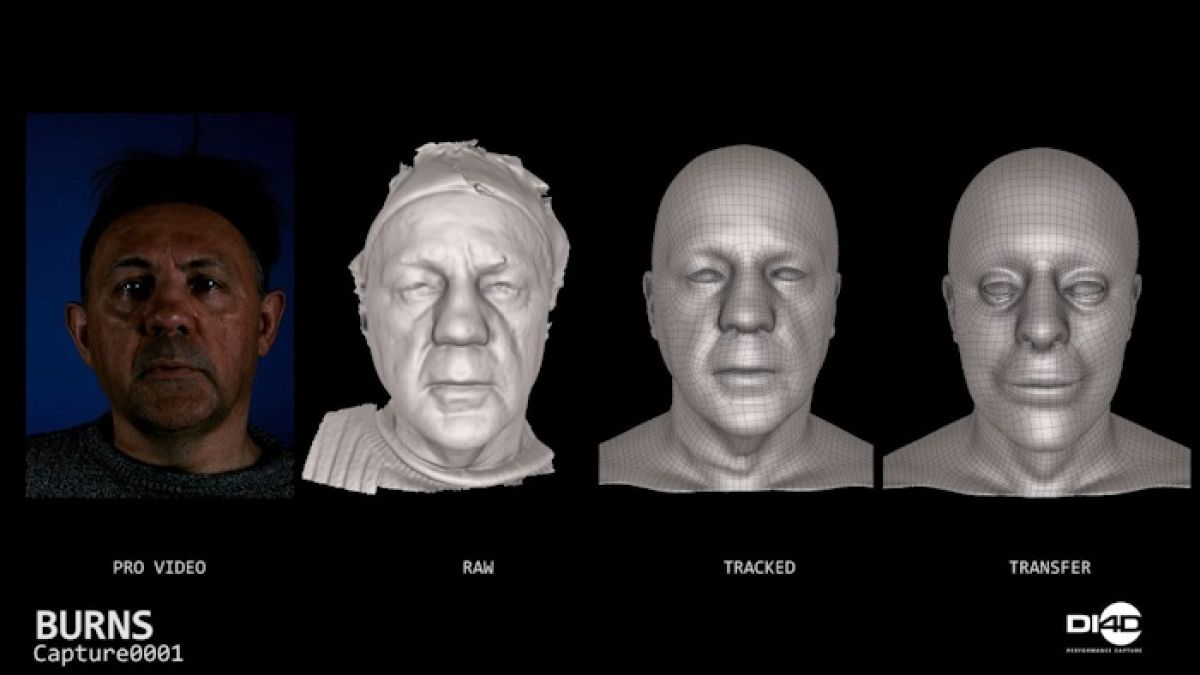The little video may herald big changes in the way we interact with historical figures.
More than two centuries have passed since the death of Robert Burns, but Scotland's most famous poet looks very much alive in a new animation created by a team of researchers in the U.K.
Released today on the 259th anniversary of his birth, the clip shows a rosy-cheeked Burns reciting one of his most famous poems, "To a Mouse" (1785).
And this could be just the first of many such animations that collectively could transform the way living people interact with famous historical figures.
"In the future you may be able to interact with people from history digitally, listen to them speak, recite literature or guide you around a museum exhibit as a virtual avatar," Prof. Caroline Wilkinson, a craniofacial identification expert who is director of Liverpool John Moores University's Face Lab and leader of the multidisciplinary team that created the animation, said in a written statement.
With help from roboticists and experts in artificial intelligence, Wilkinson told NBC News MACH, the same techniques used to create the animation could eventually be used to create lifelike three-dimensional avatars of historical figures.
The work builds on earlier research in which Wilkinson and Scottish poet Rab Wilson teamed up to create a lifelike model of Burns's head, basing it on a cast of the poet's skull, portraits, silhouettes, and written descriptions of the poet. Wilson was recorded reciting the Scots language poem for use in the animation, and experts in motion capture technology with the Glasgow firm DI4D transferred his facial movements onto a digital rendering of the original model.
The animation was warmly received when shown at the National Portrait Gallery in Edinburgh, Wilkinson told MACH. And she herself felt a twinge when she saw the team's handiwork for the first time. "To see Burns reciting his own poetry was a remarkable moment," she said in the statement.
But the animation isn't without its critics.
Oscar Nilsson, a Stockholm-based forensic artist and sculptor, told MACH in an email that watching the video made him feel "a bit uneasy," adding, "It is very problematic to lift a personality out of its historical context: what we think is a normal way of speaking, moving and gesticulating may not be at all normal in the past."
Wilkinson said the same techniques might now be used to create lifelike animations of other historical figures whose faces have been reconstructed by the Face Lab. These include King Richard III, Mary Queen of Scots, and Robert the Bruce, the 14th-century Scottish monarch.
The faces of many other historical and even prehistorical figures have been reconstructed — including, most recently, that of a Stone Age teenager who died 9,000 years ago.
In 2010, a researcher at Bradford University in England created a talking facial reconstruction of a Bronze Age chieftain believed to have died 4,000 years ago. But it seems Burns is alone in returning from the dead, if only in virtual form, to recite poetry.

